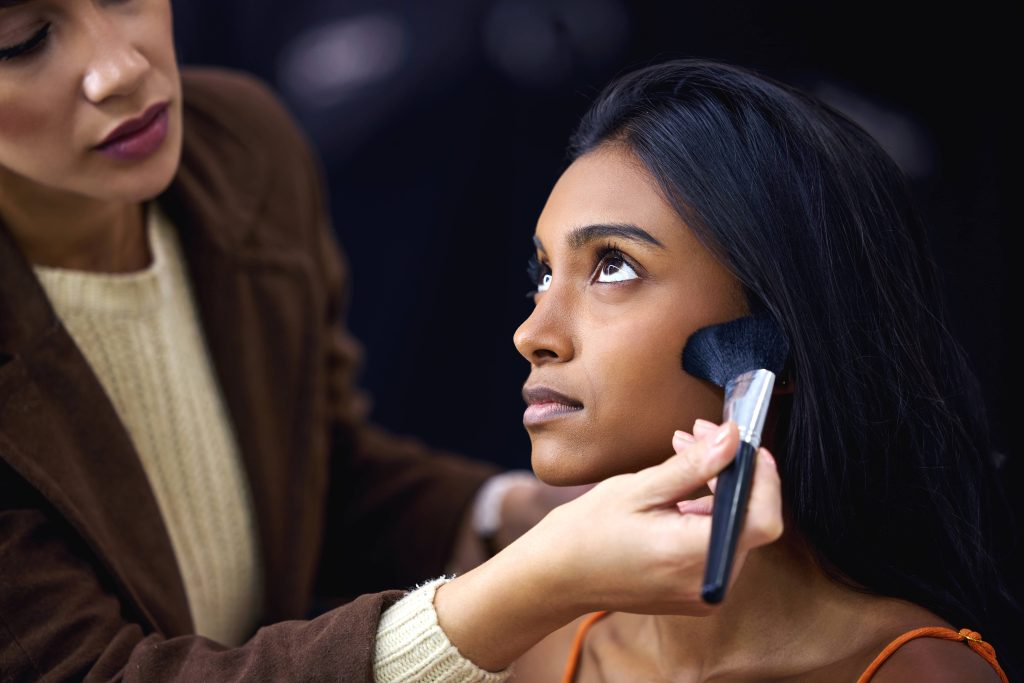
When it comes to hair styling, using heat tools like curling irons, straighteners, and blow dryers often becomes an indispensable part of our routine. This heated approach can transform hair from frizzy to fabulous in mere minutes. However, with frequent use, these tools can lead to unwanted heat damage, causing your hair to become dry, brittle, and broken over time. In this post, we will explore some effective strategies to help you achieve your desired style without compromising the health of your hair.
1. Understand Your Hair Type
Before diving into the world of heated styling tools, it’s crucial to understand your hair type. Hair can vary significantly in terms of texture, thickness, and resilience. Fine hair, for instance, requires a lower heat setting than thick, coarse hair. Knowing your hair type will allow you to choose the appropriate temperature settings on your heat tools, minimizing unnecessary damage.
2. Invest in Quality Tools
The market is flooded with a plethora of hairstyling tools, but not all are created equal. Investing in high-quality tools can make a significant difference in the health of your hair. Look for tools with adjustable heat settings, ceramic or tourmaline plates, and advanced technology such as infrared heat, which ensures even heat distribution. These features help in reducing direct heat exposure and prevent hot spots that can damage your hair.
3. Embrace Heat Protectant Products
One of the simplest yet most effective ways to guard against heat damage is by using heat protectant products. These products act as a barrier between your hair and the heat, minimizing moisture loss from within the hair shaft. Be sure to evenly distribute the protectant, whether it’s a spray, serum, or cream, before using any heat tools. This step should never be skipped if you’re serious about protecting your locks.
4. Let Hair Air Dry
While blow drying can be tempting for its quick results, air drying your hair, whenever possible, can significantly reduce heat exposure. Pat your hair gently with a towel instead of rubbing it, which can cause frizz. Once your hair is damp rather than wet, you can apply a leave-in conditioner or styling cream and let nature take its course. If a blow dryer is a must for your routine, consider using it on a cool setting to finalize the look, reducing any residual moisture.
5. Use the Right Techniques
The way you use your styling tools can affect the degree of heat damage experienced. For instance, when using a flat iron, don’t hold it in one spot for too long—instead, glide it smoothly through the hair. Similarly, with curling irons, avoid wrapping your hair around the barrel more than once. Learning and employing the right techniques can go a long way in minimizing damage.
6. Limit Frequency of Heat Styling
While daily use of heat styling tools can be tempting, limiting the frequency can drastically cut down on damage. Try to designate specific days for heat styling and allow your hair to recover by letting it rest the remaining days. Embrace natural hairstyles or use heatless styling methods, such as braiding damp hair overnight for waves or buns for soft curls.
7. Stay Hydrated and Nourished
Hydration and nutrition for your hair are critical, especially if you frequently use heat styling tools. Moisturizing shampoos and conditioners can restore some of the lost hydration, while weekly deep conditioning treatments or masks can offer more intensive repair. Look for products with ingredients like argan oil, keratin, and shea butter to deeply nourish and strengthen your tresses.
8. Consider Regular Trims
Despite your best efforts at prevention, some damage is inevitable with regular heat styling. Regular trims can help keep split ends and breakage at bay, making your hair look healthier and more full. Aim for a trim every 8 to 12 weeks.
9. Don’t Neglect the Scalp
A healthy scalp supports healthy hair. Incorporate a scalp care routine into your regimen by using a gentle shampoo and avoiding harsh chemicals. Massaging your scalp can also promote blood circulation and encourage hair growth. Occasionally indulging in a scalp treatment with natural oils such as coconut or jojoba can further enhance scalp health, indirectly benefiting your hair.
10. Listen to Your Hair
Perhaps the most important tip is to listen to your hair. If you notice increasing dryness or brittleness, it might be time to give the heated tools a break. Regularly assessing the condition of your hair and responding to its needs can prevent long-term damage.
In conclusion, while heat styling tools offer convenience and versatility, it’s essential to approach their use with caution. By understanding your hair type, investing in quality tools, incorporating protective measures, and following consistent care routines, you can enjoy beautifully styled hair without sacrificing its health. Remember, healthy hair is often the most beautiful, so treat it with care and respect.



